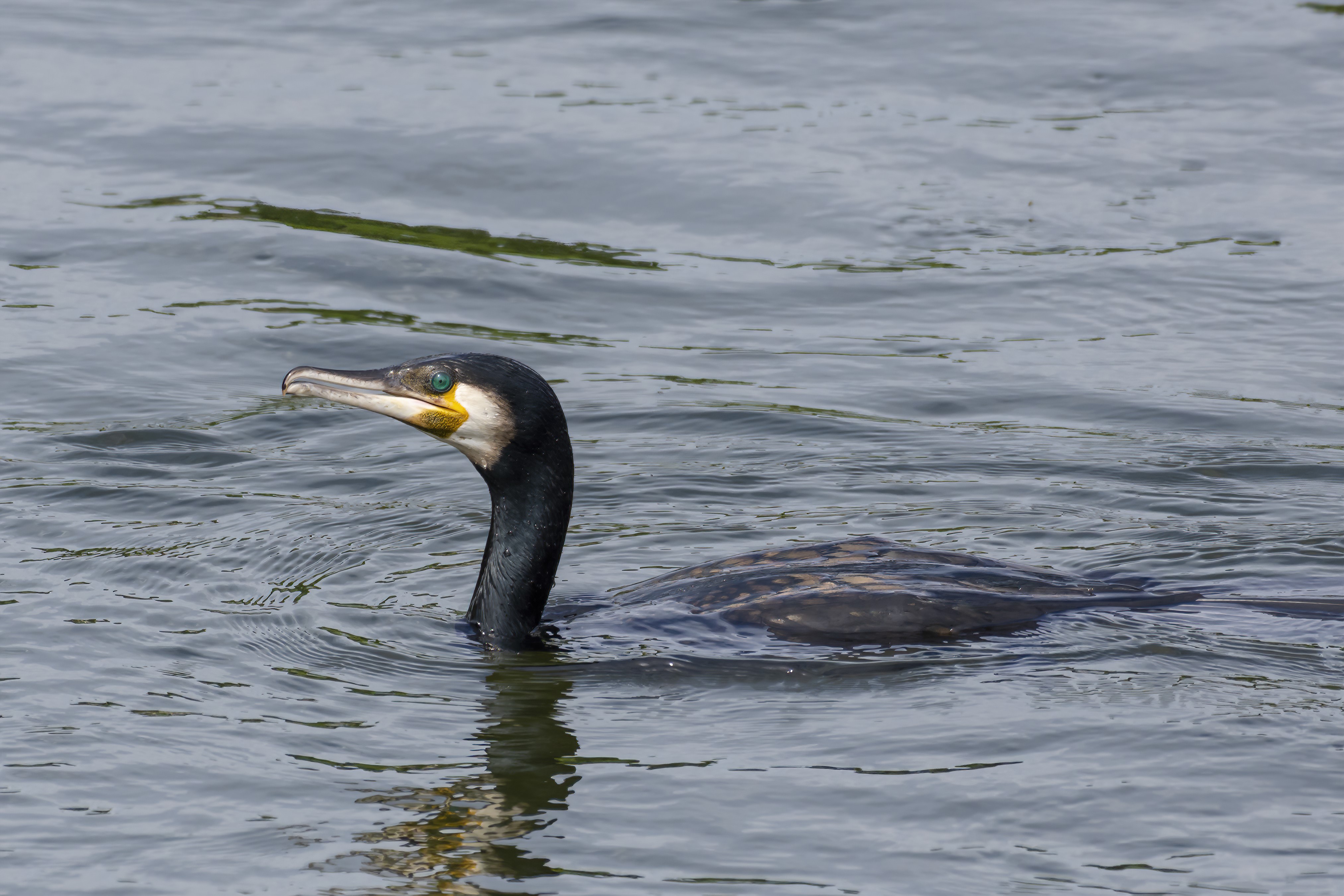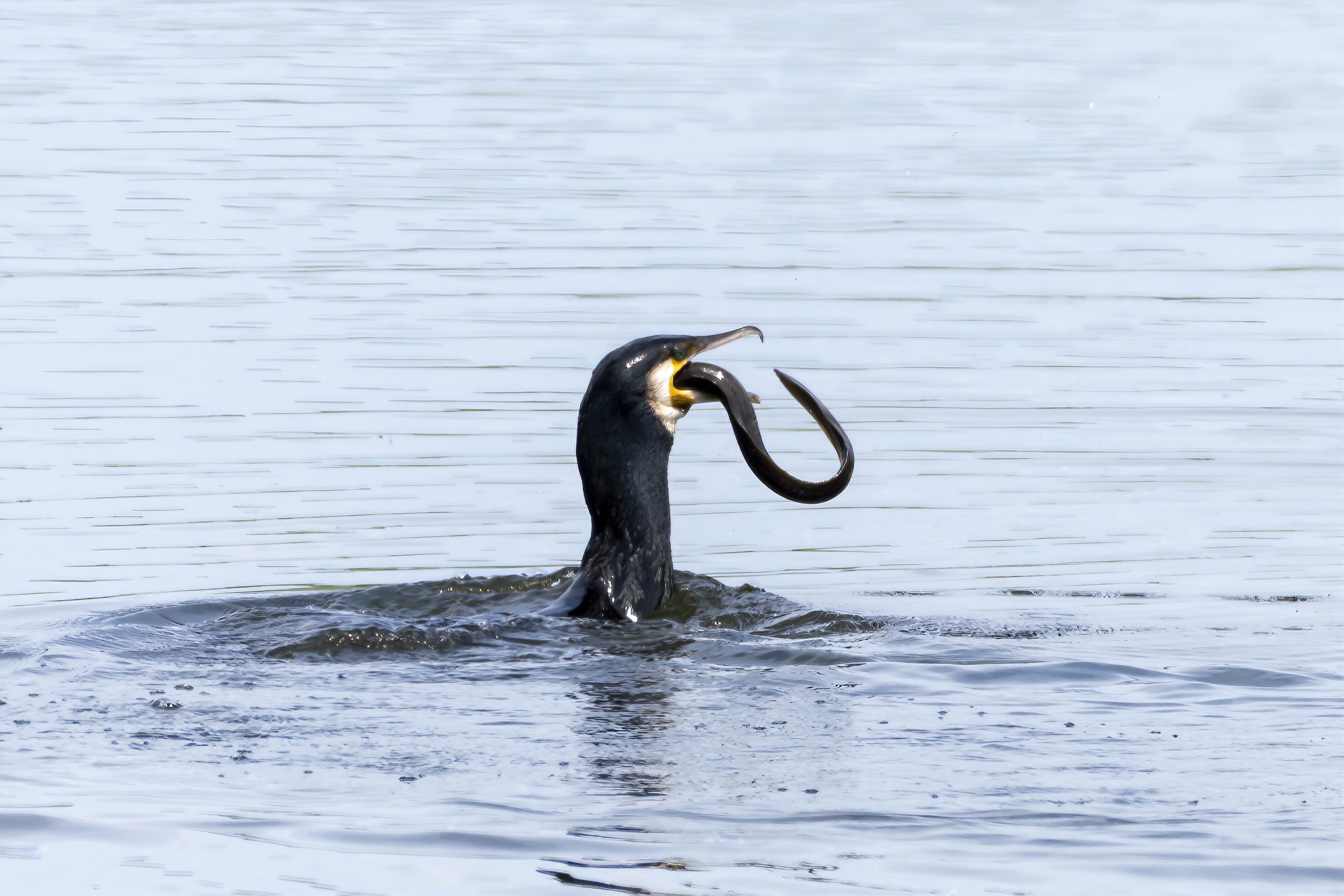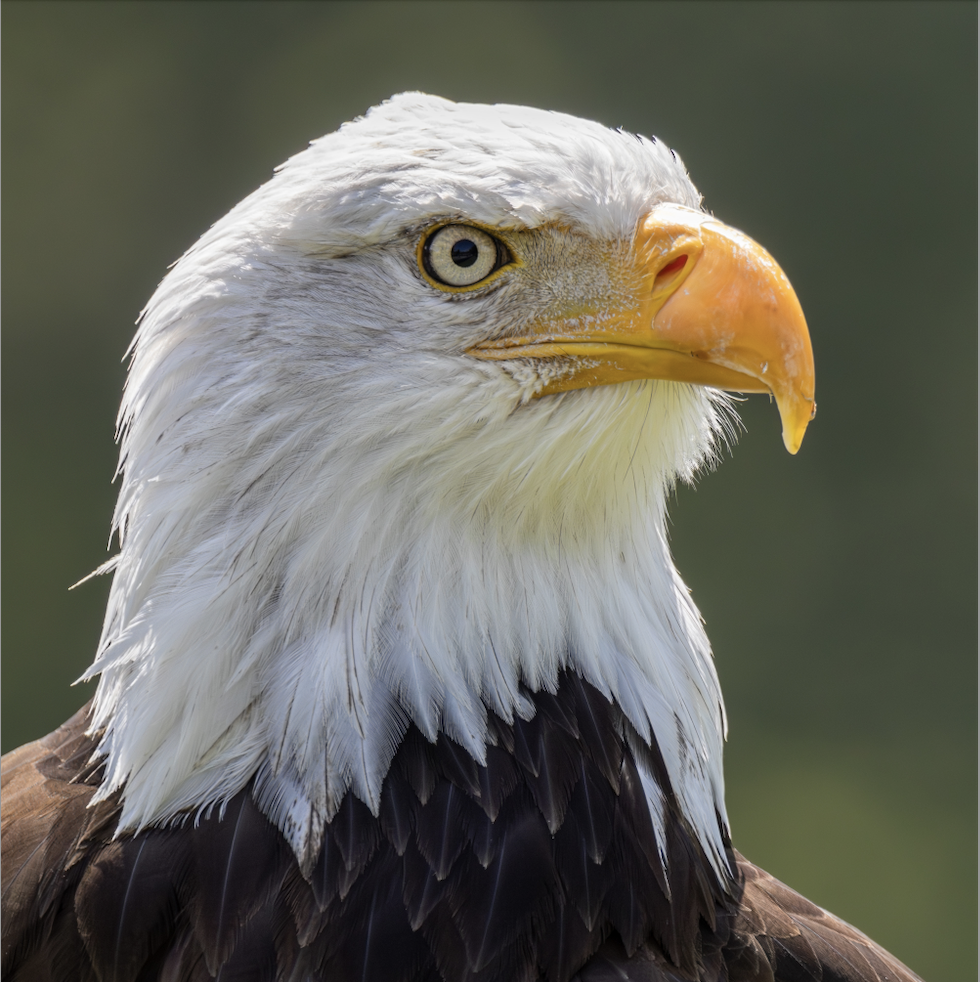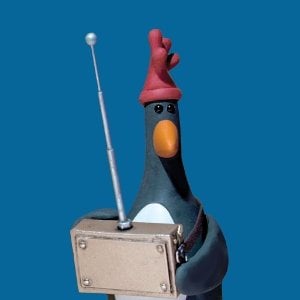Cormorant(Phalacrocorax carbo) vs European eel (Anguilla anguilla)
Nikon D7200, Nikon 200-500mm f/5.6
f/6.3, 1/2000s, ISO 500, 500mm
River Great Ouse, Camrbridgeshire, May 2019




This was another of those “right place, right time” situations. I walked a few miles to this spot on the river and was a little disappointed to see nothing on the water. I was about to head further down stream when this cormorant suddenly appeared. It had obviously been hunting in the rough waters of the weir and I hadn’t noticed it.
Cormorants are sea birds, but in reality we get them in inland lakes and rivers almost all year round in the UK.
I took a couple of shots of the bird and then it disappeared again, surfacing only moments later with this frankly huge eel.
The European Eel is born in the Sargasso sea, a region of the North Atlantic ocean. It then migrates over the course of 300 days as a tiny larvae to the coasts of Europe .
When they reach the coast the larvae turn into tiny eels, which then move into a river. In the river they grow to adult size, taking anywhere up to 20 years, and then they head out to the Sargasso sea to breed and die.
In the UK a big eel is 5lb, though they can reach twice that, especially if they get trapped in a lake and can’t return to breed. This was a big eel!
I watched the battle for about 15 minutes. The cormorant lost the eel a couple of times during the fight, but I suspect the initial attack had injured the fish, making its demise inevitable.
Reminds me of this cartoon.
And… Now I am looking this comic up and how I might get regular updates. 😁
😂
I knew it as soon as I saw the pics,! of course it’s my man Teddy who shows up with these banging pictures and information. Honestly, you might have your first fan 🤗
Wondering, How did the bird attack the eel in the first place? Do the bird just dive after them? Gut feeling says the eel should be a lot faster than the bird?
You honour me Lunch ☺️
Tldr: Sleepy Eel, very fast and agile bird = dead fish
The big Eels are predators themselves. And if angling is anything to go by then they hunt at night, as that is when they are most often caught. That would suggest that during the day they are probably holed up dozing on or near the bottom of the river in the plants and rocks. Also, at this point of the river, there is a large weir and boat lock, with an eel stair. This allows them to migrate around the man-made obstruction. So they may also be a number of them shoaled up waiting to migrate past the weir. Add this to the fact that cormorants are very fast swimmers, and incredibly agile. That long neck and hooked beak can get in nooks and crannies and latch onto almost anything edible. They are quite capable of catching sea fish in open water. The Eels advantage, if it had one, is they are incredibly slimy and seem to be able to produce additional mucus when threatened. The cormorant lost its grip a few times as it thrashed the eel like a whip trying to subdued it.
This is incredible! Thank you for sharing!
I’m glad you like it ☺️
Cambridgeshire, county containing the city of Ely. Famous for its eels.
It’s a lovely place to visit and if you go at the right time of year you may see the peregrines that nest on the cathedral.
That bird kinda reminds me of a Bronteroc :D
Damn I want some eel now




